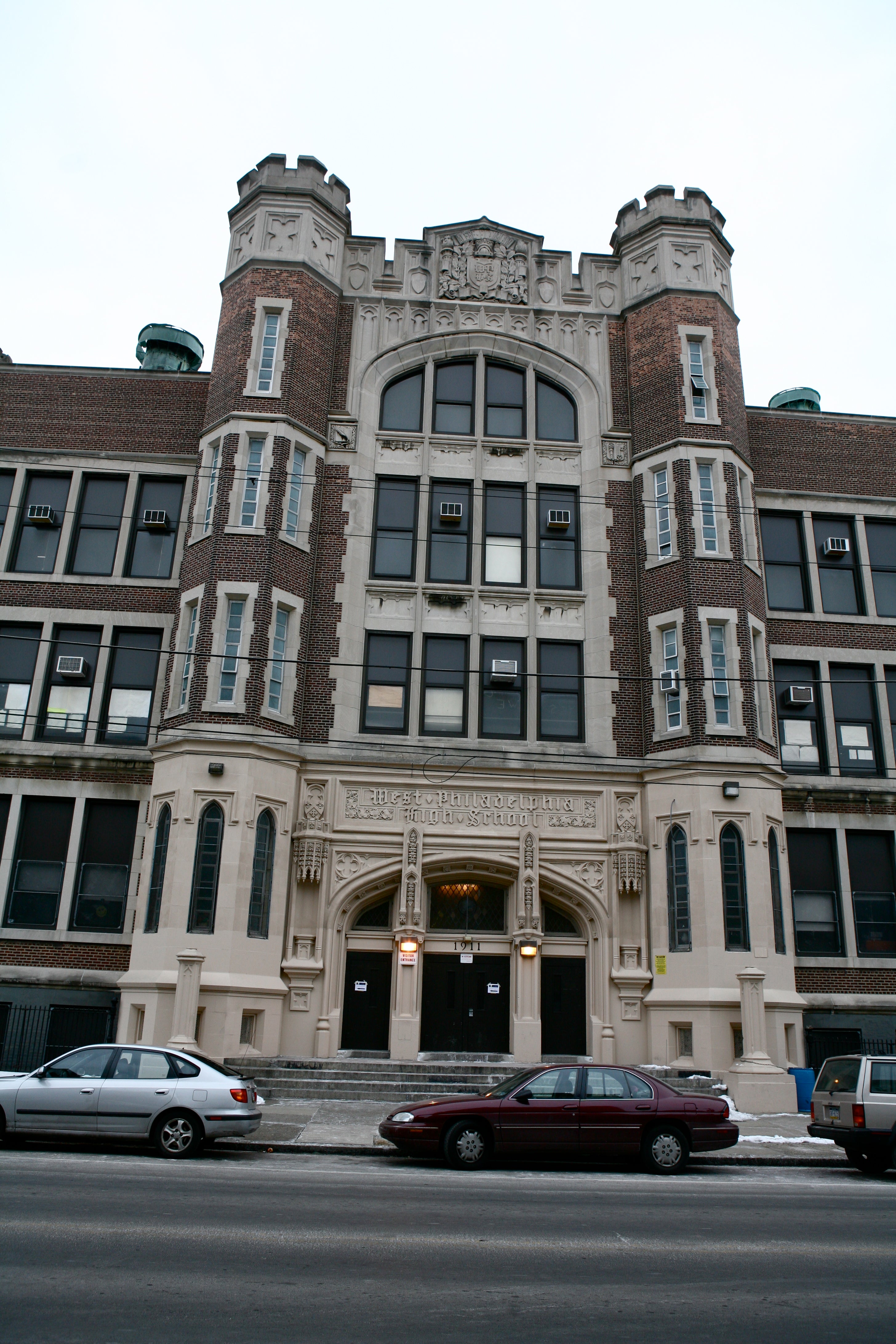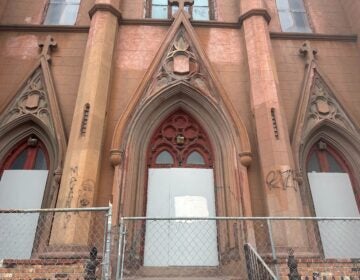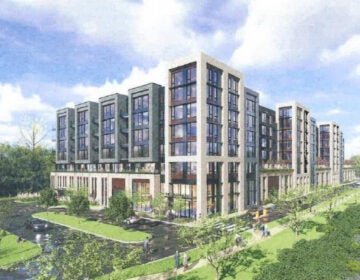District budget crisis focuses pols on school closings

For the past year, City Hall has regarded the looming closure of up to 50 public school buildings as a headache on the horizon: an issue that was sure to generate controversy, but not worth worrying about just yet.
Now, though, the school district’s budget crisis has put the school closings issue back on the political agenda.
Mayor Nutter raised the issue in his nine-page letter to the School Reform Commission, which proclaimed that the district would need to be more accountable, and provide more information to City Hall, in exchange for any infusion of city funds.
Among many other requests for information, the letter demanded “all documents and studies related to the facilities master plan, the proposed school site closure list, decisions related to these areas and all reports generated by outside consultants.”
Despite the wording of the letter, the administration knows it won’t be getting a list of facility closures anytime soon, Nutter spokesman Mark McDonald said.
“We’ve been told that list won’t be ready until the fall,” he said. “We don’t have anything the public doesn’t have.”
City Council – which is now considering a potential tax on sugary drinks and a hike in property taxes to fund the schools – is also taking a harder look at the district’s long-in-the-making plans to “rightsize” its facilities for a shrinking student body. The district estimates it has about 70,000 empty seats in its schools.
Although the district intends to release a tentative facility closure list this fall, it won’t finalize the list until late winter or spring. The timeline troubles some council members, who would like to see the district move faster on its facilities master plan.
“You’ve been doing this now for a while,” Councilwoman Donna Reed Miller said in a council session, a rare example of public criticism from the mild-mannered councilwoman. “Speed it up. Okay?”
Councilman Bill Green, one of the district’s more vocal critics on council, said the district should have moved already to close under-used schools.
“They promised City Council the plan three years ago,” Green said in an interview. “What they’ve done is failed to make the hard choices that the parochial school system has made. It isn’t easy to close a school, but when you have a declining student population you have to manage that decline. They haven’t done that.”
In testimony at City Council, district officials said the plan took time to put together and executive because the system wants to make sure the facilities it leaves behind are redeveloped, instead of becoming neighborhood liabilities.
“What we don’t want to do … is just turn the lights off on buildings and leave them blank, because I think that doesn’t serve the public well,” said District Deputy Superintendent Leroy Nunnery.
Despite Council’s renewed interest in the school closure question, it remains unlikely that City Hall will be able to accelerate the timeline.
“I think everybody would like to see the ability to consolidate overnight, but that’s obviously not practical. There needs to be communication and work with the communities, there’s a lot to figure out when a school closes, and we understand that,” said Charles McPherson, a senior aide to Council President Anna Verna.
This story is a product of a reporting partnership on the district’s facilities master plan between PlanPhilly and the Public School Notebook. The project is funded by a grant from the William Penn Foundation.
Contact the reporter at pkerkstra@planphilly.com
WHYY is your source for fact-based, in-depth journalism and information. As a nonprofit organization, we rely on financial support from readers like you. Please give today.





